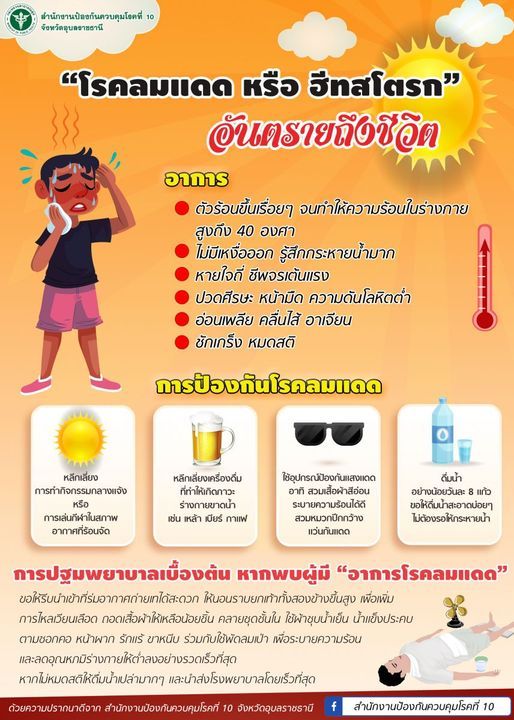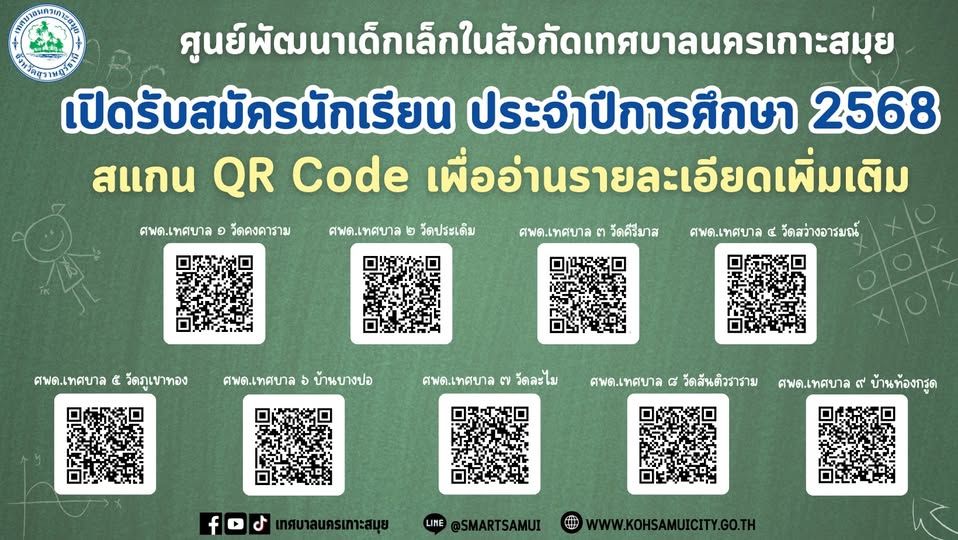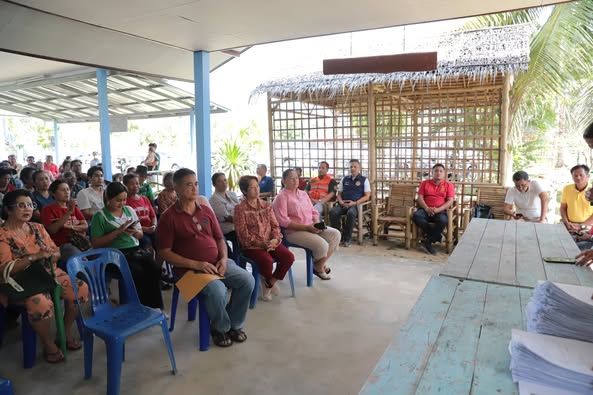Don’t let the summer heat get the best of you! Recognize the signs of heatstroke like high body temperature and confusion, and take action to cool down to stay safe. Stay hydrated, wear light clothing, and take breaks in the shade to beat the heat this summer! 🌞💧 #HeatstrokeAwareness #StayCool #SummerSafety #Hydrate #BeatTheHeat #StaySafe #SummerTips #HeatwaveSafety
Heatstroke is a severe medical emergency that can occur when the human body is unable to regulate its temperature in extreme heat conditions. Without prompt treatment, heatstroke can lead to serious complications or even be fatal. As temperatures rise during the summer season, it’s essential to recognize the warning signs and know how to respond.
What is Heatstroke?
Heatstroke, also known as sunstroke, is the most severe form of heat injury. It happens when the body’s temperature regulation system fails, and the body temperature soars to 40 degrees Celsius (104 degrees Fahrenheit) or higher. This condition is not just about feeling too hot – it’s a critical point where the body’s heat-regulating capabilities are overwhelmed.
Recognizing the Signs
Rapid Increase in Body Temperature
A core body temperature that crosses the 40-degree Celsius mark is a classic and alarming sign. It signifies that the body’s natural cooling mechanisms, like sweating, are no longer effective.
Heart and Respiratory Distress
The heart races to pump blood and dissipate heat, leading to a very fast heartbeat. Accompanied by palpitations and rapid breathing, these symptoms indicate the body’s distress in managing heat.
Absence of Sweat and Extreme Thirst
Curiously, one might stop sweating altogether despite the heat. This symptom, coupled with an intense thirst, suggests that the body is dehydrated and can no longer cool itself through perspiration.
Neurological Symptoms
Dizziness, headaches, and confusion are neurological signs that the heat is affecting the brain’s function. Vision might also become blurred or darken, signaling that the brain and other organs are in distress.
Gastrointestinal Issues
Nausea and vomiting are common as the body becomes overheated, while fatigue sets in as the body’s systems are strained and begin to fail.
Muscular and Neurological Consequences
In severe cases, the person may experience muscle rigidity and convulsions. These are dire warnings that the body is shutting down and that immediate medical attention is required.
First Aid Measures for Heatstroke
If you suspect someone is suffering from heatstroke, immediate action is necessary:
- Call emergency services right away.
- Move the person to a cooler place, out of direct sunlight.
- Use whatever means available to cool the person’s body temperature: this can include cool water, fans, wet towels, or ice packs.
- If the person is conscious and able to drink, provide cool water or other non-alcoholic, caffeine-free beverages to help rehydrate.
Prevention Strategies
Preventing heatstroke is paramount, especially during the hot season. Here are some tips to keep cool:
- Stay hydrated by drinking plenty of fluids.
- Wear lightweight, light-colored, and loose-fitting clothing.
- Take regular breaks in the shade or indoors with air conditioning.
- Avoid intense physical activity during the peak sun hours.
- Be aware of the symptoms and take immediate action if you or someone else shows signs of heat-related illness.
The Koh Samui City Municipality urges everyone to stay informed and take preventative measures during the summer months to avoid the dangers of heatstroke. Stay safe and keep cool as you enjoy the warm weather.
Frequently Asked Questions
What is Heatstroke and How Does it Happen?
Heatstroke, often referred to as sunstroke, is a grave medical emergency where the body’s temperature regulation system fails, causing body temperature to rise to 40 degrees Celsius or higher. It is a state beyond just feeling overheated; it’s when the body’s ability to cool itself is completely overwhelmed, leading to potential fatal complications if not promptly treated.
How Can I Recognize the Signs of Heatstroke?
Recognizing heatstroke involves monitoring for a rapid increase in body temperature, possibly over 40 degrees Celsius, which is a clear indicator of distress. Other signs include a fast heartbeat, absence of sweat despite extreme heat, severe thirst, neurological symptoms like dizziness and confusion, as well as gastrointestinal issues. In extreme cases, muscle rigidity and convulsions can occur, signaling an urgent need for medical attention.
What Should I Do If I Suspect Someone Has Heatstroke?
If you suspect heatstroke, it’s vital to act swiftly. First, call emergency services immediately. Then, move the person to a cooler area out of direct sunlight. Utilize any means to cool them down, such as applying cool water, fans, wet towels, or ice packs. If the person is conscious and can drink, provide cool, non-alcoholic, and caffeine-free beverages to aid in rehydration. Remember, heatstroke is a dire medical emergency; timely and effective first aid can be life-saving.




